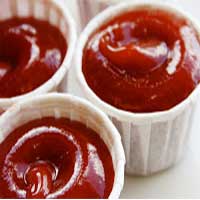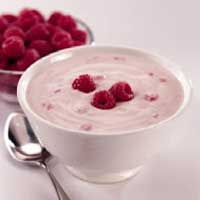Breaking Down Sugars Many Names
Fructose
Found naturally in fruit, fructose is about 70-72% sweeter than glucose, the simple sugar that is our body’s main source of energy. Fructose has a low glycemic index, meaning it barely budges a person’s blood sugar. However, one must beware: Fructose in juice and processed foods goes straight to the liver, and in addition it’s thought to be a major contributor to certain metabolic syndromes, a collection of problems that can put a person on the path toward obesity, diabetes, heart disease or stroke.
Sucrose
This is just a more distinguished name for table sugar, ultimately distilled from sugar cane or beets. It’s actually has a 50-50 combo of two simpler sugars, fructose and glucose. Much like all sugars, it has about 16 calories per teaspoon. It raises blood sugar faster than straight fructose because it’s easier to digest.
High-fructose corn syrup
HFCS has about 55% fructose and 45% glucose. No better and no worse as far as the chemical makeup of HFCS. The trouble however, says UC San Francisco’s Dr. Robert Lustig, is that HFCS is cheap and easy to make — which is why it shows up in so many foods and is used in such excess.
Honey
Like HFCS, honey has more fructose than glucose, although the exact balance depends on the many flower sources in which it ultimately comes from. Research suggests that honey creates a different hormonal response than table sugar or HFCS and may not be as fattening.
Agave syrup
Often thought of as a safe, natural alternative to table sugar, the syrup from the agave plant is up to 90% fructose — far more than even so-called “high-fructose” corn syrup, which gives it a very desirably low glycemic index.
Where Sugars Hide Out?
Dr. Chauncey Crandall, editor of NewsMax’s Heart Health Letter, says he doesn’t worry all that much about sugars naturally found in whole fruits and vegetables simply because they come with a healthy dose of fiber and of course occur naturally. He goes on to say that we have to be careful to introduce sugars into our bodies that do not occur naturally within the given foods that we consume on a daily basis. In his view, it’s pretty much impossible to overdose on sweet fruits and vegetables as long as they are natural and unprocessed.
But 99% of food labels don’t always list added sugars. So how much is hiding in your food? Here are some estimates:

Serving: 1 tablespoon
2/3 teaspoon sugar

Serving: 1 cup
1/3 teaspoon sugar

Serving: 2 tablespoons
1/4 teaspoon sugar

Serving: 1 plain bagel
1 1/4 teaspoons sugar







